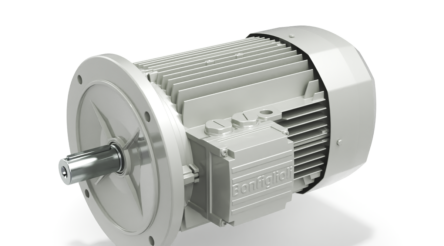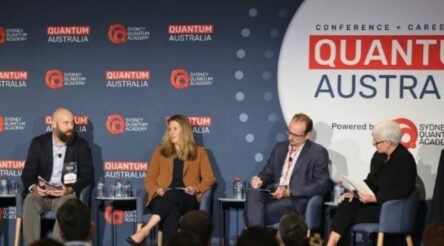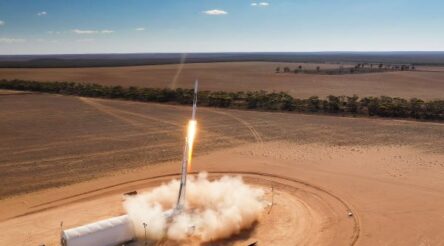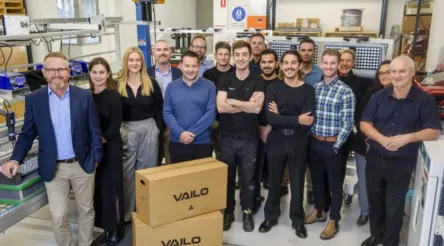Manufacturing news briefs — stories you might have missed
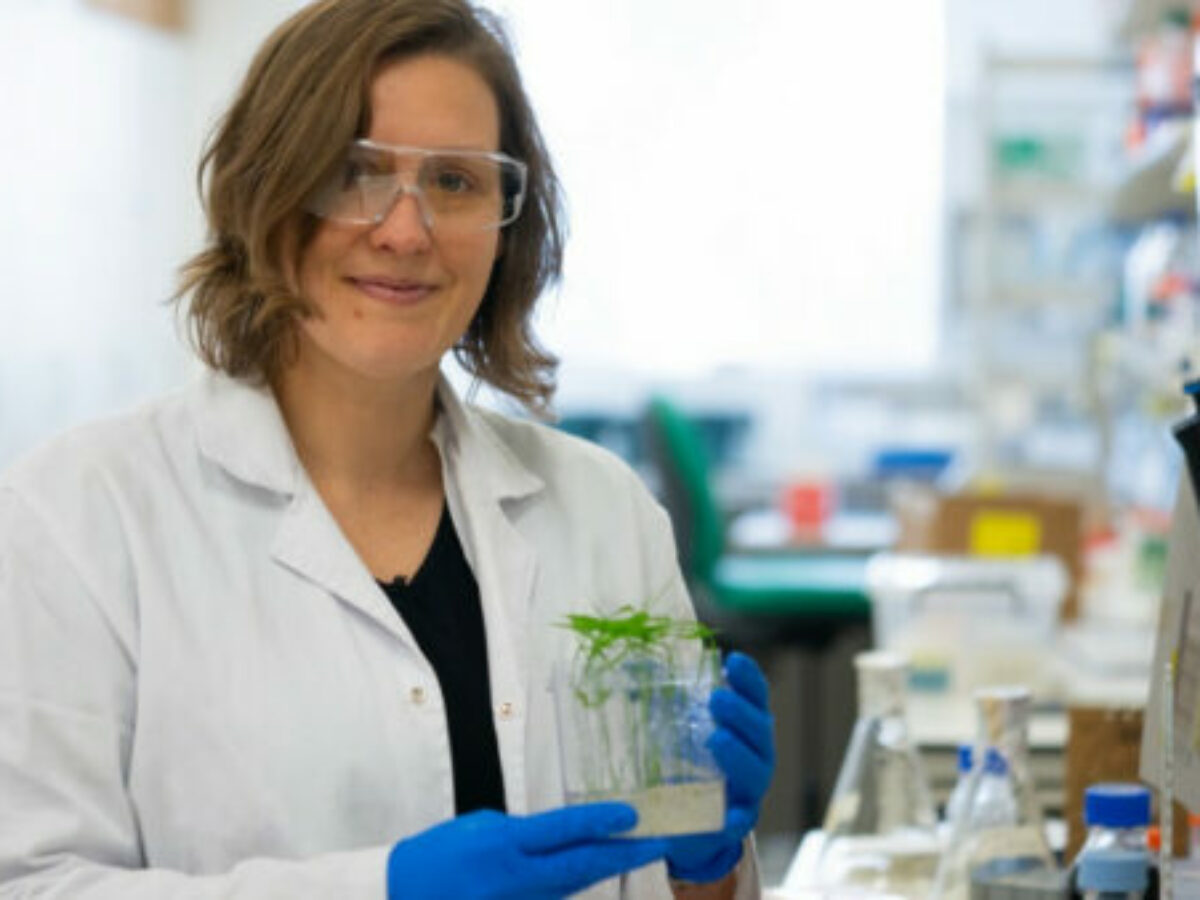
Intermodal terminal offers safety, environmental benefits: federal, Victorian governments
On Friday the federal and Victorian governments welcomed private sector investment to build and operate a $400 million intermodal freight terminal in Melbourne’s north. Intermodal Terminal Company (ITC) announced it will soon start construction of the Somerton Intermodal Terminal, which will be a key node in the two governments’ $58 million Port Rail Shuttle Network. It would remove a claimed 500,000 truck trips from Melbourne’s roads, save 451 million litres of fuel, and reduce carbon emissions by 189,000 tonnes. The Somerton Intermodal Terminal will be built at the Austrak Business Park and is forecast to create 190 jobs during construction and a further 50 permanent jobs when operational in 2025. Federal transport minister Catherine King said the network will “deliver a huge safety boost for motorists by moving freight off the roads and onto rail. I’m thrilled to see this private sector backing for the landmark project.”
Site secured for country’s first critical minerals plant
An Australian-first critical minerals demonstration facility which will be expanded to include more than just vanadium will be built in Townsville to unlock Queensland’s next mining and manufacturing boom, the state government said on Thursday. Premier Annastacia Palaszczuk said the $75 million facility will be located at Cleveland Bay Industrial Park between the existing Sun Metals zinc refinery and Glencore Copper refinery. “Queensland has the sunshine and wind above the ground combined with the critical minerals below the ground to make batteries and renewables with renewable energy,” she said, making the announcement at the Sun Metals green industrial precinct. “Sun Metals is not just the largest private employer in Townsville, it is a world leading green industrial precinct processing the zinc needed for wind towers and batteries with renewable energy and using hydrogen to store and transport renewable energy.”
AEMO says renewables making energy cleaner and cheaper
Data shared by the Australian Energy Market Operator’s (AEMO) this week shows renewable energy continue to break records in its contribution to total generation. AEMO’s Quarterly Energy Dynamics report for October – December 2022 showed average renewable output the highest on record, the increased share of wind and grid-scale solar in setting prices reduced wholesale prices, and these producing a fifth of total generation in the quarter. “In the thick of a cost of living and climate crisis, record high wind and solar generation have heroically delivered cheaper wholesale electricity and the National Electricity Market’s lowest emissions for the last quarter of 2022,” said Dr Jennifer Rayner, Climate Council’s Head of Advocacy, in a statement.
ANU researchers take inspiration from plants in wastewater work
Scientists from The Australian National University (ANU) have developed new techniques to separate and extract valuable minerals, metals and nutrients from resource-rich wastewater, drawing inspiration from plant ‘membrane separation mechanisms’. The team investigated specialised molecular mechanisms that help plants recognise and separate different metal, mineral and nutrient molecules in soil, allowing them to sort the good from the bad. The university cited the three million metric tonnes of phosphorus, 16.6 million metric tonnes of nitrogen and 6.3 million metric tonnes of potassium in global wastewater, with the recovery of these nutrients from wastewater able to offset 13.4 per cent of global agricultural demand. “The world’s wastewater contains a jumbled mess of resources that are incredibly valuable, but only in their pure form. A big challenge researchers face is figuring out how to efficiently extract these valuable minerals, metals and nutrients while retaining their purity,” ANU plant scientist Associate Professor Caitlin Byrt (pictured) said. Their paper in New Phytologist can be read here.
ACCC says gas shortfall outlook improved, but impact of price cap not yet known
The ACCC’s latest gas inquiry report forecasts a supply shortfall of 30 petajoules (PJ) in Australia’s east coast gas market this year if LNG producers were to export all their uncontracted gas, though producers have enough uncontracted gas to prevent a domestic shortfall. The report covered a period of record high domestic gas prices, the ACC said on Friday, which led to the federal government introducing a temporary price cap in December. However, data in the report goes up to early December 2022 and does not yet show the impact of the price cap. Last July the ACCC forecast a 56 PJ supply shortfall in 2023. Today’s report shows that outlook has improved, with Australia’s east coast now forecast to produce 1,983 PJ of gas in 2023 compared to demand of 2,013 PJ. 1,296 PJ of that gas is forecast to be exported overseas by the three LNG ventures in Queensland under long-term contacts.
Picture: ANU plant scientist Associate Professor Caitlin Byrt (credit ANU)
Topics Manufacturing News
@aumanufacturing Sections
Analysis and Commentary Awards Defence Manufacturing News Podcast Technology Videos







